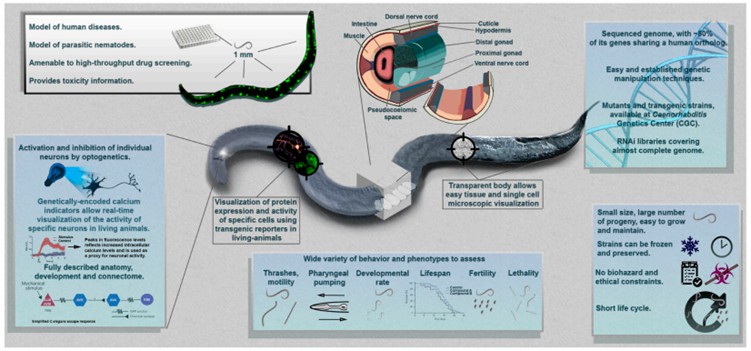A leading service provider with comprehensive life science research strength announces the update of its in-house high-throughput drug screening platforms, aiming to accelerate the drug discovery process by quickly and efficiently identifying potential drug candidates for a wide range of diseases and conditions such as cancers and neurological diseases.
Drug development is a long, complex, and expensive process, especially in the early stages of drug screening, and requires a large number of low-cost and time-consuming animal models. Scientists take advantage of C. elegans and Drosophila to construct C. elegans high-throughput screening platforms and Drosophila in vivo screening platform, respectively. These screening platforms leverage state-of-the-art technologies and algorithms to rapidly screen large libraries of compounds against specific drug targets. By automating and streamlining the drug screening process, the drug screening platforms can significantly reduce the time and resources required to identify promising drug candidates.
Based on the C. elegans high-throughput screening platforms, advanced imaging platforms, and data analysis software, its team of experts can provide drug screening services for global clients, including anti-infective compounds, anti-neurodegenerative disease drugs, longevity compounds, and anti-cancer drugs. Additionally, its Drosophila in vivo screening platform offers integrated services for model building, phenotypic data collection and screens, omics, and pathway prediction, helping researchers overcome the limitations of in vitro experiments, improve hit rates, and shorten project timelines.
Drug screening utilizing high-throughput screening platforms can help researchers break through the difficulties in their drug screening programs. The drug screening platforms represent a major advancement in drug discovery technology and make them invaluable tools for pharmaceutical companies, biotech firms, and academic researchers working to develop new treatments for a variety of diseases.





